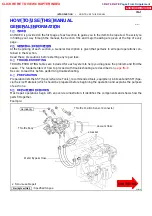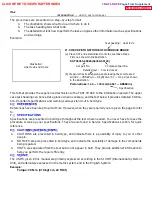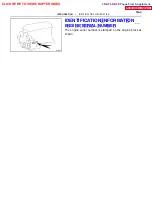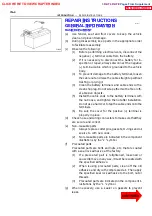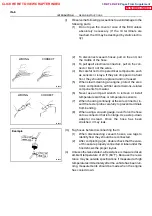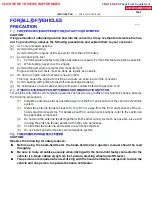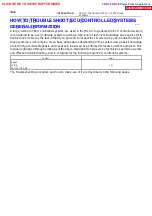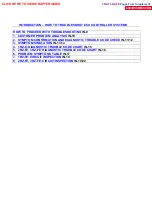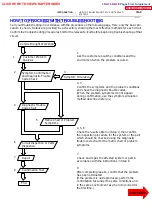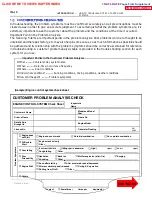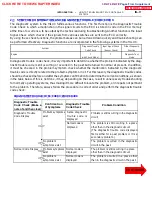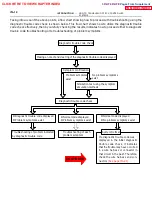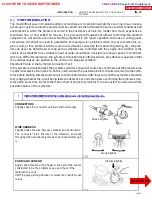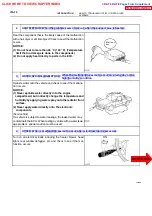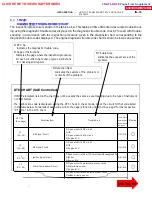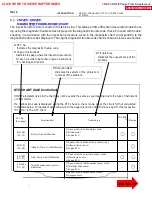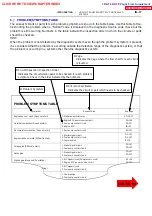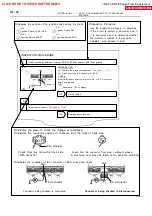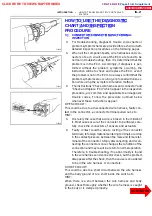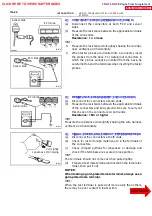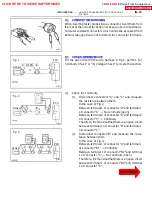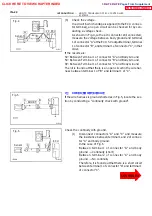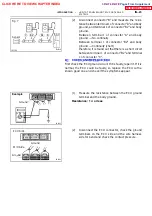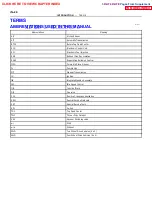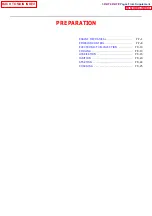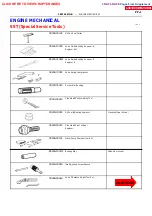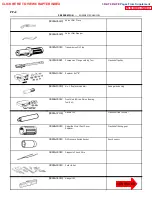
V07469
HE AT M E T HO D: W h en t h e p ro b l em seems t o o ccu r w h en t h e su sp ect area i s h eat ed .
2
NOTICE:
(1) Do not heat to more than 60
˚
C (140
˚
F). (Temperature
limit that no damage is done to the component.)
(2) Do not apply heat directly to parts in the ECU.
3 WAT ER SPRI NKL I NG MET HO D:
NOTICE:
(1) Never sprinkle water directly into the engine
compartment, but indirectly change the temperature and
humidity by applying water spray onto the radiator front
surface.
(2) Never apply water directly onto the electronic
components.
4 O T HE R: W h en a mal f u n ct i o n seems t o o ccu r w h en el ect ri cal l o ad i s excessi ve.
W h en t h e mal f u n ct i o n seems t o o ccu r o n a rai n y d ay o r i n a
high -- humidity condition.
Heat the component that is the likely cause of the malfunction
with a hair dryer or similar object. Check to see if the malfunction
occurs.
Sprinkle water onto the vehicle and check to see if the malfunc-
tion occurs.
Turn on all electrical loads including the heater blower, head
lights, rear window defogger, etc. and check to see if the mal-
function occurs.
ON
(Service hint)
If a vehicle is subject to water leakage, the leaked water may
contaminate the ECU. When testing a vehicle with a water leak-
age problem, special caution must be used.
M a l f u n c-
tion
IN--14
--
INTRODUCTION
HOW TO TROUBLESHOOT ECU CONTROLLED
SYSTEMS
CLICK HERE TO VIEW CHAPTER INDEX
Pages From Supplement
3RZ-F,3RZ-FE

